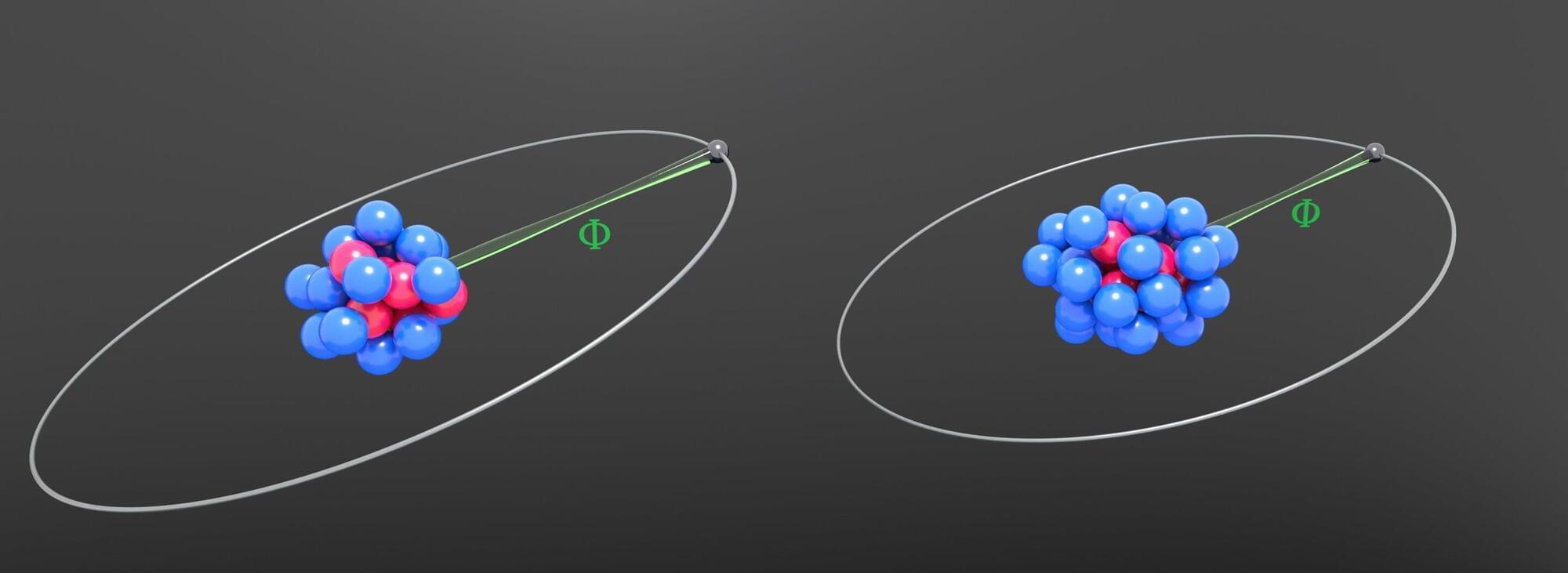New Echo Chamber jailbreak manipulates LLMs like OpenAI and Google, bypassing safety systems to generate harmful content



A new mobile crypto-stealing malware called SparkKitty was found in apps on Google Play and the Apple App Store, targeting Android and iOS devices.
The malware is a possible evolution of SparkCat, which Kaspersky discovered in January. SparkCat used optical character recognition (OCR) to steal cryptocurrency wallet recovery phrases from images saved on infected devices.
When installing crypto wallets, the installation process tells users to write down the wallet’s recovery phrase and store it in a secure, offline location.


While the Standard Model ℠ describes all known fundamental particles and many of the interactions between them, it fails to explain dark matter, dark energy and the apparent asymmetry between matter and antimatter in the universe. Over the past decades, physicists have thus introduced various frameworks and methods to study physics beyond the SM, one of which is known as the King plot.
The King plot is a graphical technique used to analyze isotope shifts, variations in the energy levels of different isotopes (e.g., atoms of the same element that contain a different number of neutrons). This graphical tool has proved promising for separating effects explained by the SM from signals linked to new physics.
Researchers at Physikalisch-Technische Bundesanstalt, Max Planck Institute for Nuclear Physics, and ETH Zurich recently collected new measurements that tightened King plot-based constraints on the properties of a hypothetical particle that has not yet been observed, known as a Yukawa-type boson.

A team of astronomers and astrophysicists affiliated with several institutions in Australia has found that a mysterious fast radio burst (FRB) detected last year originated not from a distant source, but from one circling the planet—a long-dead satellite. The team has posted a paper outlining their findings on the arXiv preprint server.
On June 13, 2024, a team working at the Australian Square Kilometer Array Pathfinder heard something unexpected—a potential FRB that lasted less than 30 nanoseconds. The pulse, they note, was so strong that it eclipsed all of the other signals coming from the sky.
It was originally assumed that the signal had come from some distant object because that is the case for most FRBs. But subsequent analysis showed that it had come from a nearby source.

Sleeping deeply into the afternoon after an all-nighter or a late night out is one way the body repays its sleep debt. The sleep-wake cycle is regulated by a homeostatic process in which the body continuously adjusts its physiological systems to maintain a balanced state of rest and alertness.
A new study identified a specific group of neurons called REVglut2 located in the center of the brain, in the thalamus, that may help us uncover how lost sleep is recovered in animals.
The researchers found that in mice, this circuit, consisting of excitatory neurons, is triggered during sleep deprivation and induces drowsy behavior, followed by deep sleep that can last for hours.

Aimlessly wandering around a city or exploring the new mall may seem unproductive, but new research from HHMI’s Janelia Research Campus suggests it could play an important role in how our brains learn.
By simultaneously recording the activity of tens of thousands of neurons, a team of scientists from the Pachitariu and Stringer labs discovered that learning may occur even when there are no specific tasks or goals involved.
Published in Nature, the new research finds that as animals explore their environment, neurons in the visual cortex—the brain area responsible for processing visual information —encode visual features to build an internal model of the world. This information can speed up learning when a more concrete task arises.

Although we know sleep is essential to our physical and mental well-being, it remains an incredibly enigmatic behavior, scientifically speaking. Researchers at the University of Michigan, however, may have developed a new hypothesis to account for one of sleep’s looming mysteries.
Every living thing that sleeps appears to follow the same basic pattern. From wakefulness, organisms transition to a repeating cycle of sleep with low brain activity followed by a stage where our brains are harder at work, among other things, generating vivid dreams. Humans’ eyes also dance around behind our eyelids during that high-activity stage, which is why it’s referred to as rapid eye movement (REM) sleep.
Although there are a few notable exceptions—including people with narcolepsy and people who haven’t slept in days—this repeating non-REM to REM sleep cycle is remarkably prevalent across the animal kingdom.


An international team of scientists led by Rice University’s Pengcheng Dai has confirmed the existence of emergent photons and fractionalized spin excitations in a rare quantum spin liquid. Published in Nature Physics on June 19, their findings identify the crystalline compound cerium zirconium oxide (Ce₂Zr₂O₇) as a clear 3D realization of this exotic state of matter.
Long a subject of theoretical intrigue, quantum spin liquids offer promise for revolutionary technologies, including quantum computing and dissipationless energy transmission. By refusing to conform to traditional magnetic behavior, these materials realize emergent quantum electrodynamics via highly quantum-entangled motions of magnetic moments at temperatures near absolute zero.
“We’ve answered a major open question by directly detecting these excitations,” said Dai, the Sam and Helen Worden Professor of Physics and Astronomy. “This confirms that Ce₂Zr₂O₇ behaves as a true quantum spin ice, a special class of quantum spin liquids in three dimensions.”